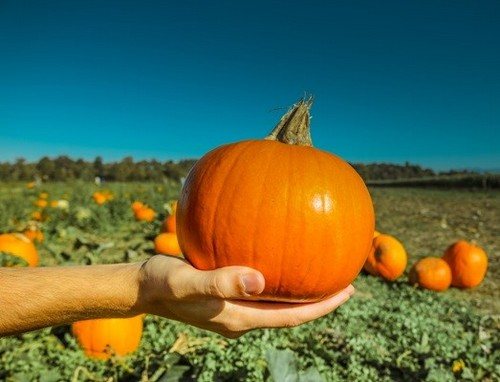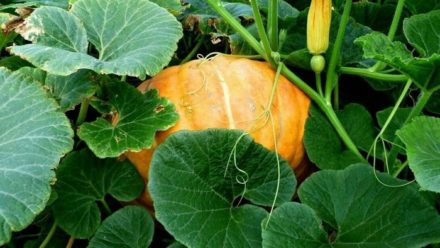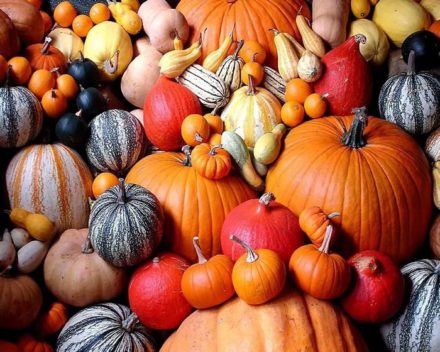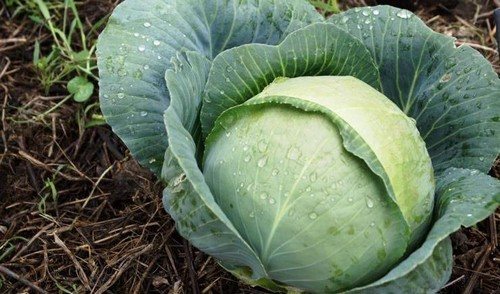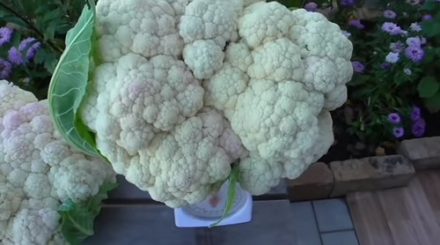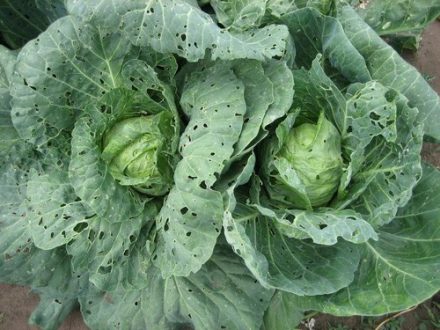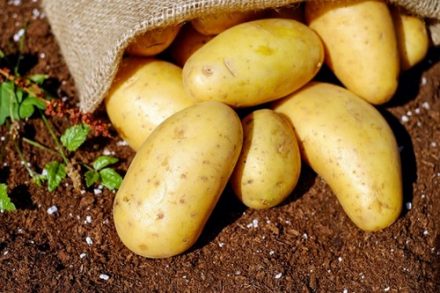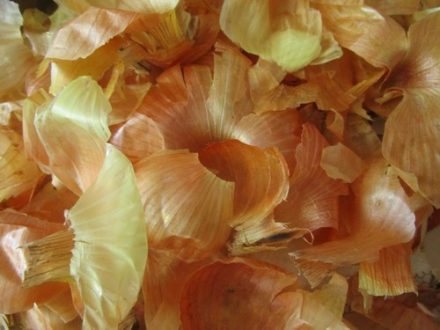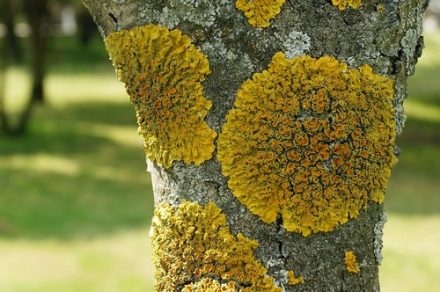The red-haired “guest” from the New World is so beloved by gardeners that it is perceived naturally, much like rutabaga, and is famous for its unpretentiousness. However, knowing some secrets can greatly influence the increase in pumpkin yield.
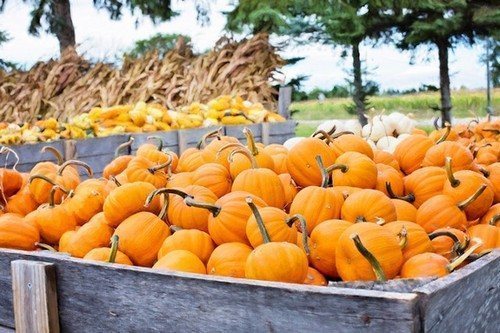
Crop rotation
The right precursors improve the acidity and structure of the soil, enriching it with nutrients desired by the pumpkin. It is recommended to plant it after cabbage, carrots, beets, tomatoes, corn, and beans.
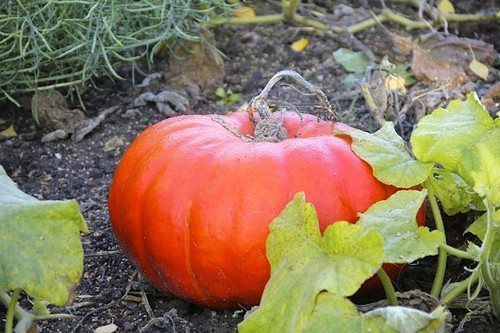
Autumn preparation
In order for the pumpkin to develop rapidly, in the first third to a quarter of the growing season and for the ovaries to appear faster, the site for it should be prepared in the fall. It is cleared of weeds and dug up, adding 14 kg of manure or 10 kg of humus per square meter, as well as 30 g of potassium chloride and 60 g of superphosphate.
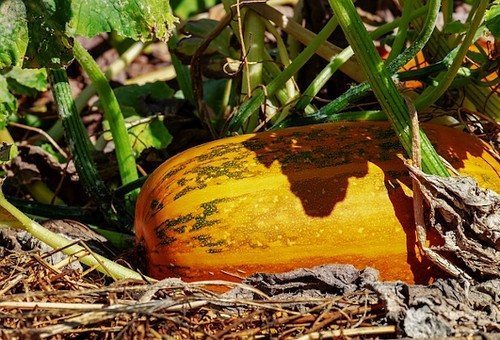
Formation of lashes
Thanks to them, the pumpkin does not waste energy on extra ovaries, and the fruits grow larger and have higher taste. For most varieties, with the exception of miniature ones, the main stem is pinched when it grows to 1.5 m in length.
This way, you usually get 2 more shoots, each up to 70–100 cm long, on which slightly smaller pumpkins ripen.
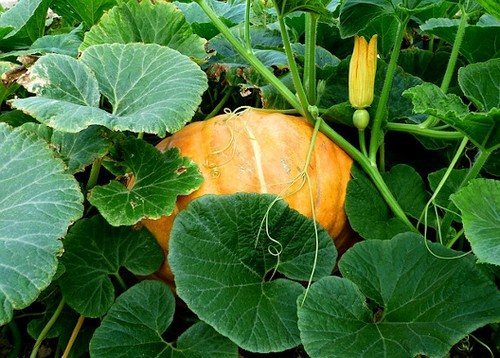
Sprinkling of lashes
As soon as the lashes have grown to 1 m, they must be carefully, without damaging, untangled, laid on the ground and sprinkled with earth in 2-3 places. The benefits of such an action are numerous. The wind does not break the lashes and leaves, and there is less chance of damage to the ovaries.
But even more important is that additional roots begin to grow from the internodes pressed to the ground, through which the pumpkin can receive some more nutrients.
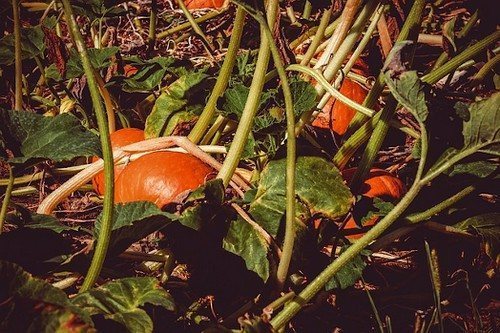
Individuality
Pumpkin seedlings do not tolerate picking very well, so it is preferable to plant the seeds of this crop in separate peat cups measuring 10x10 cm.
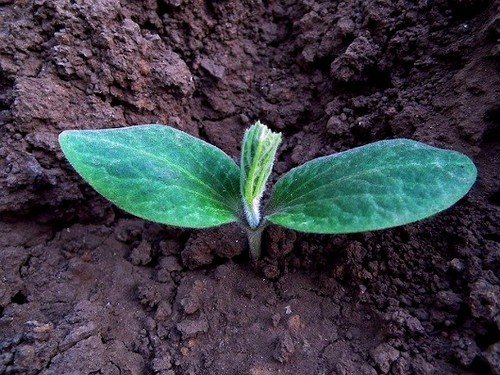
Watering
In order for the pumpkin root system to “drink” to its heart’s content, before watering, loosen the soil to a depth of about 10 cm and act carefully so as not to damage the roots. The water should be warm. Timely watering is especially important during the flowering period.
But when the fruits begin to mature, watering is reduced to a minimum so that the plants do not dry out. The fact is that excess moisture reduces the sugar content of fruits and their likely shelf life after harvesting from the garden.
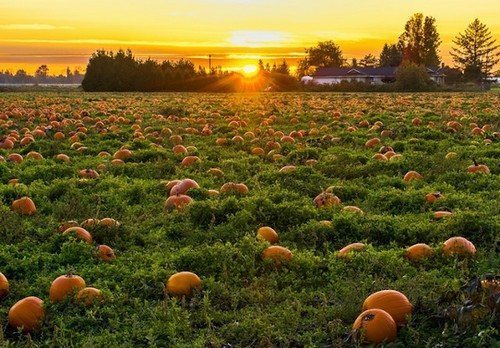
To summarize, we can say that growing pumpkins according to the rules of agricultural technology is not difficult. And for the best results, you should apply all the above tips.



